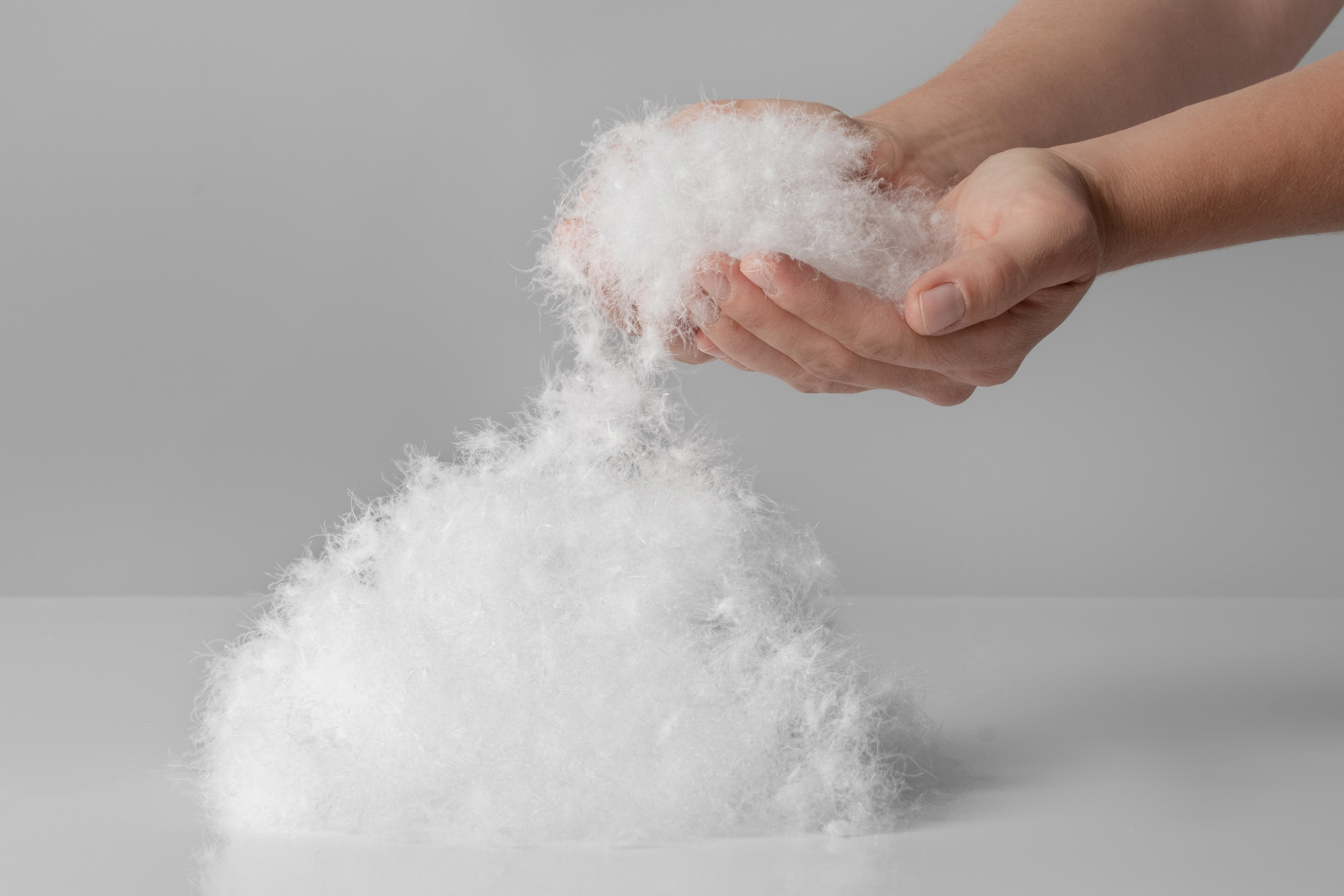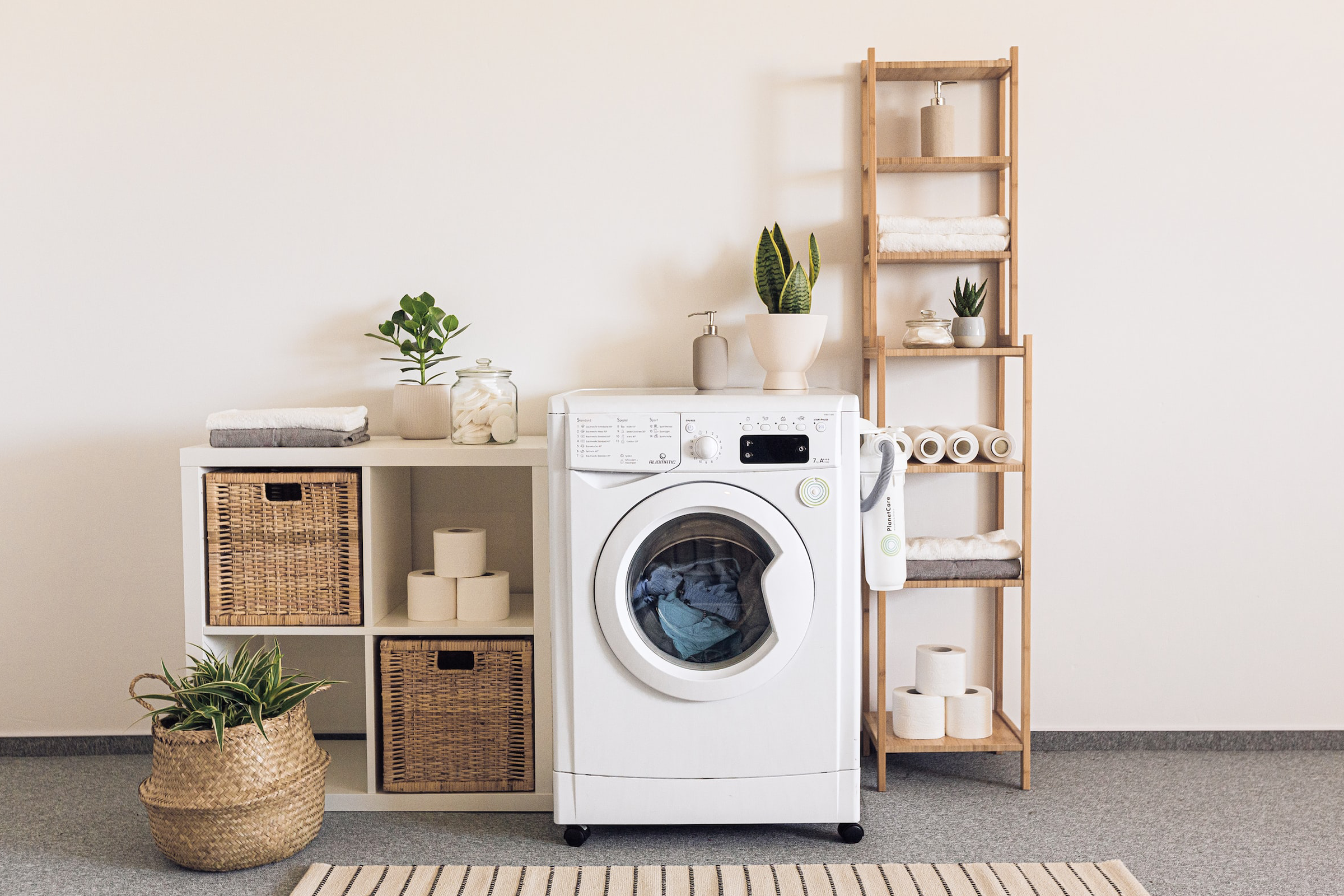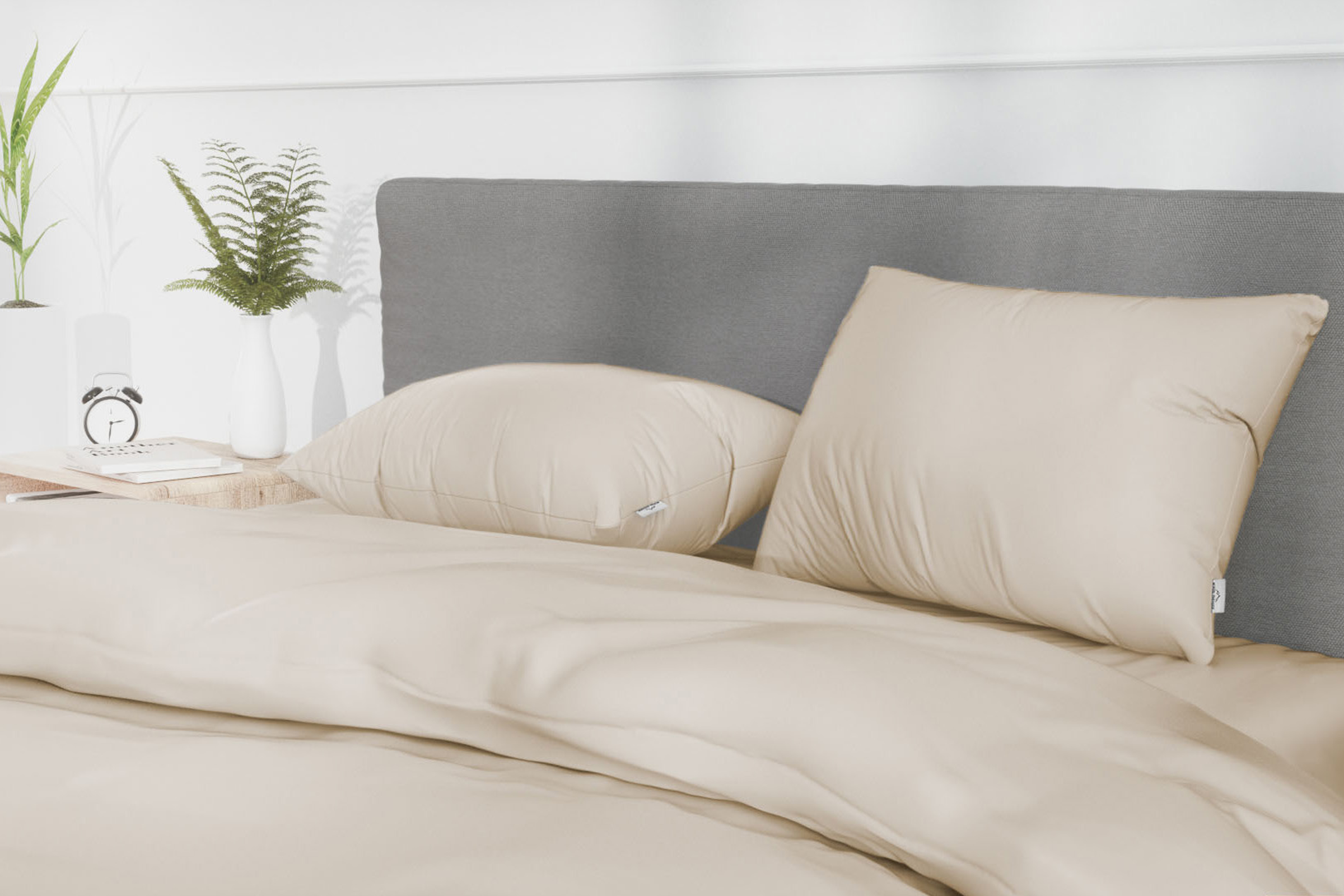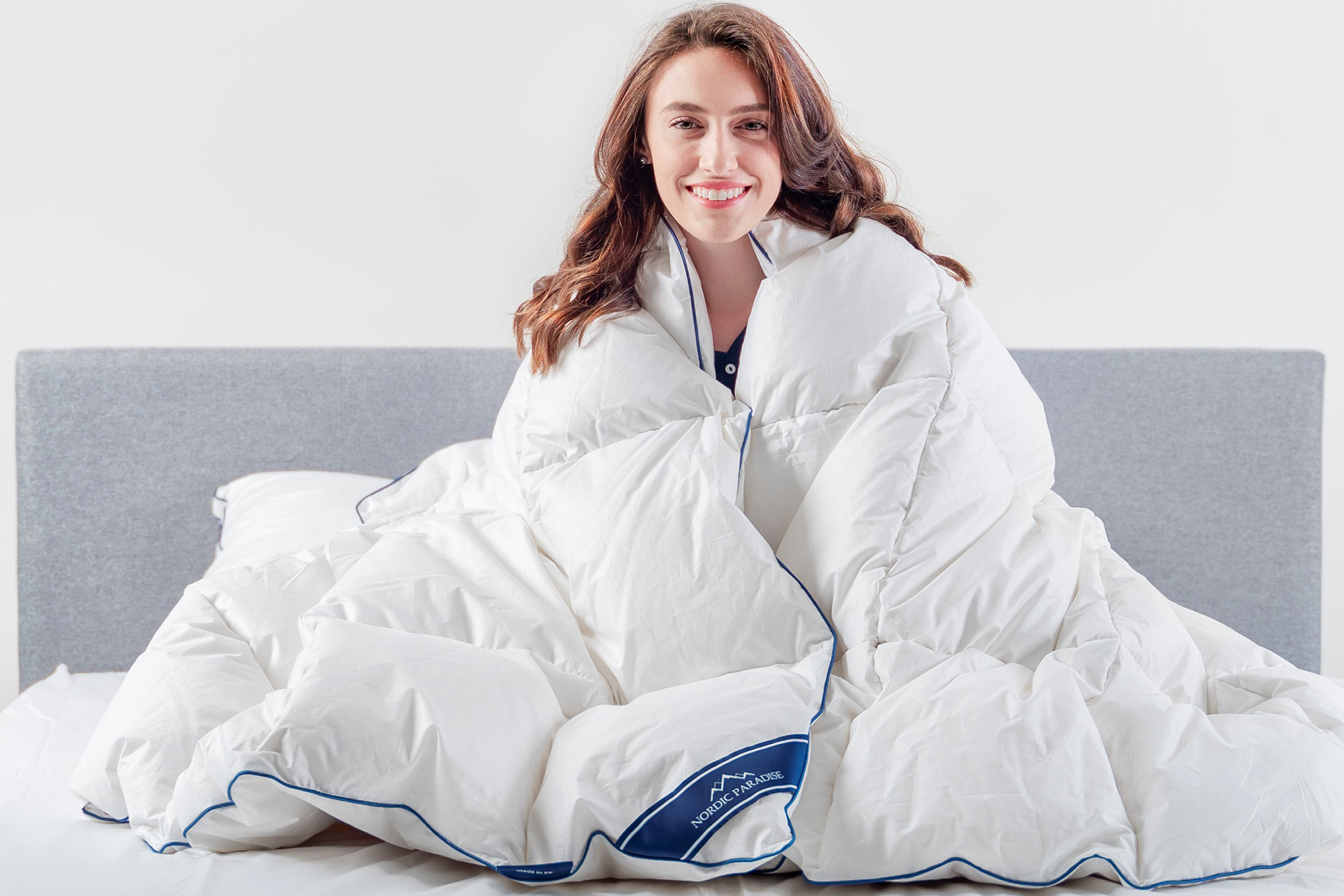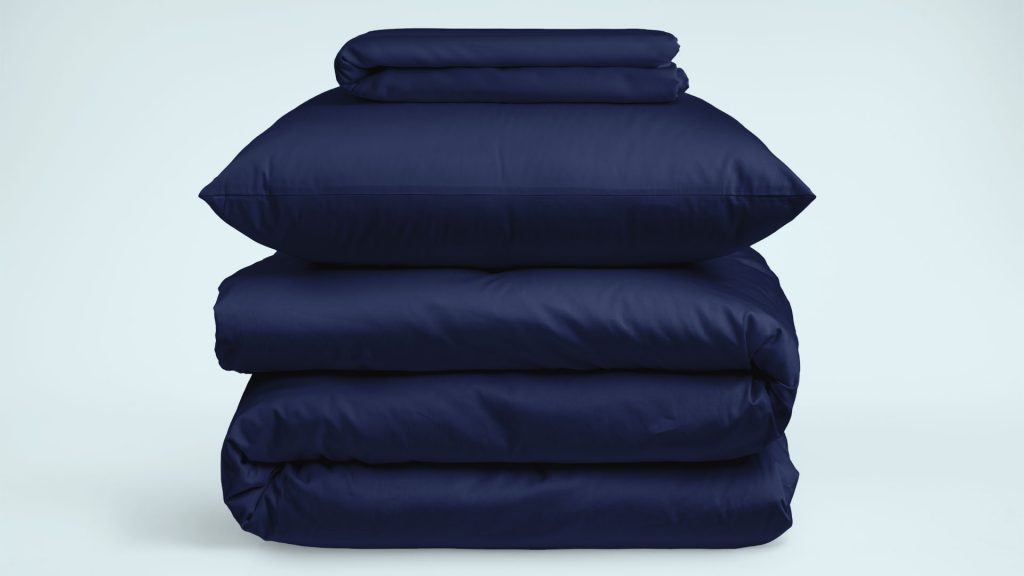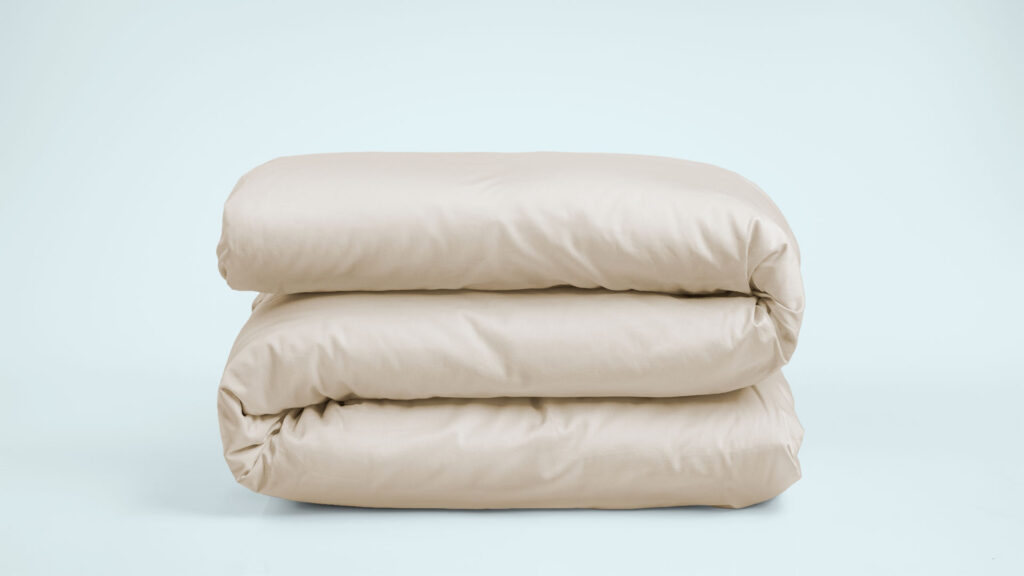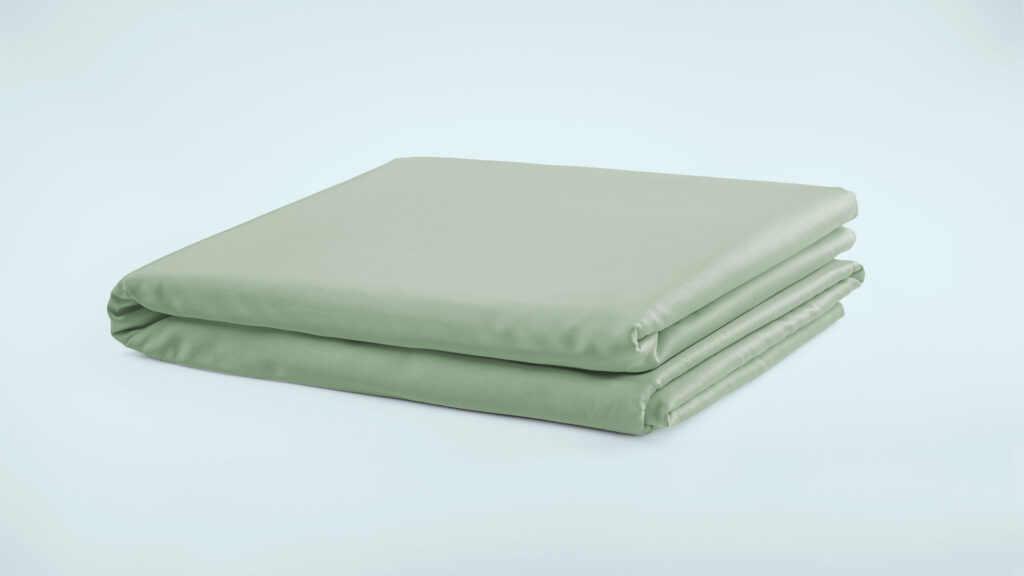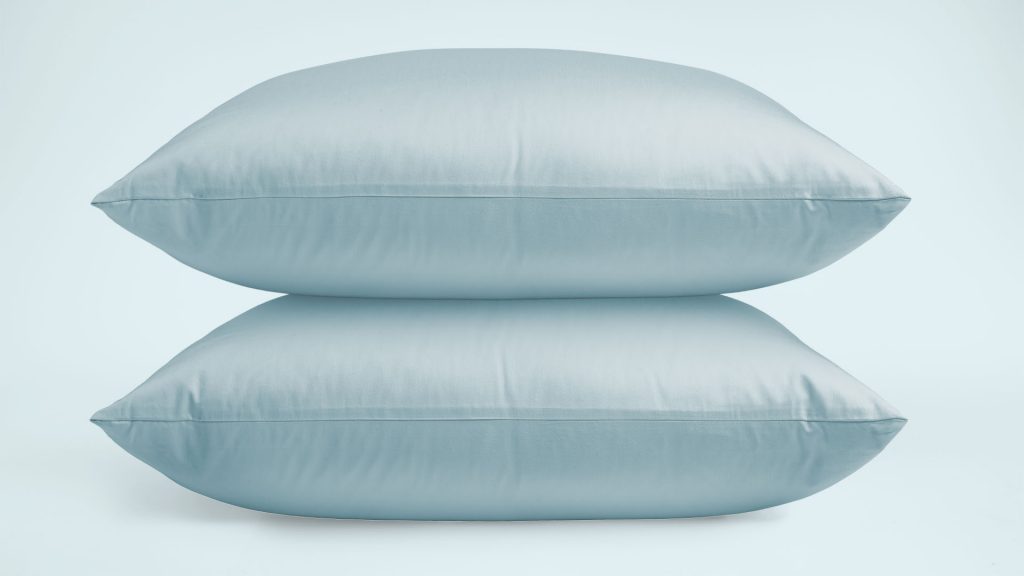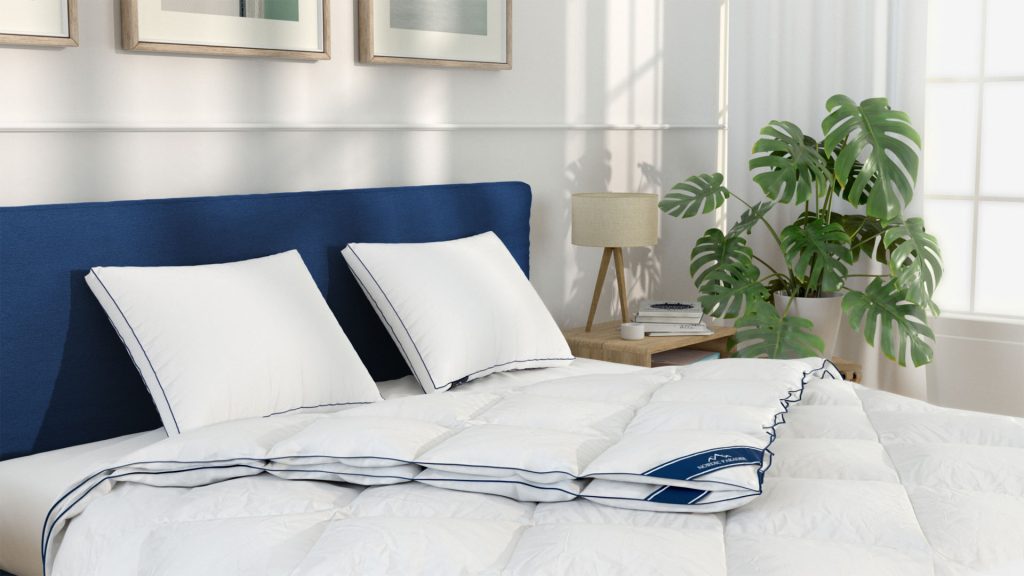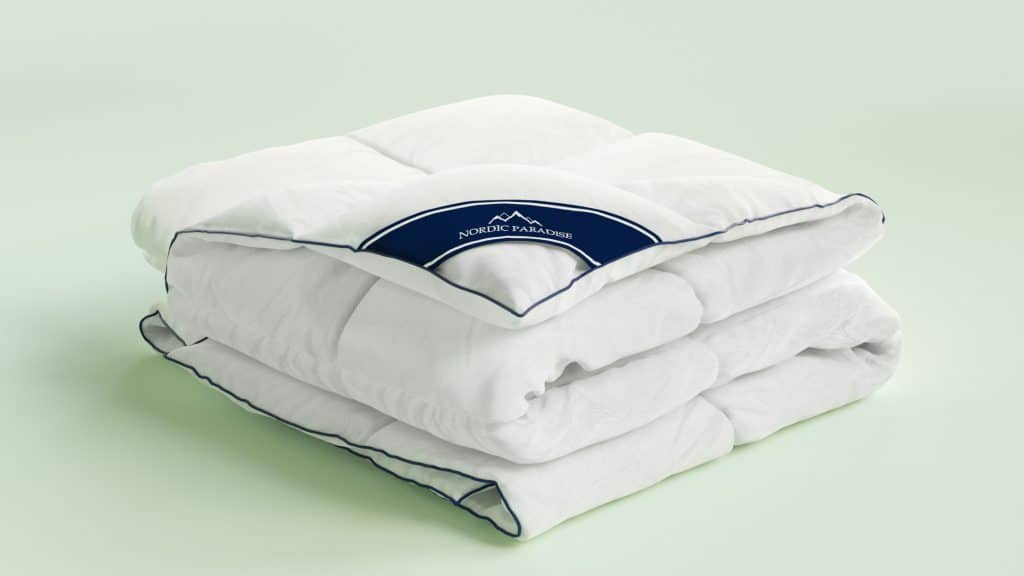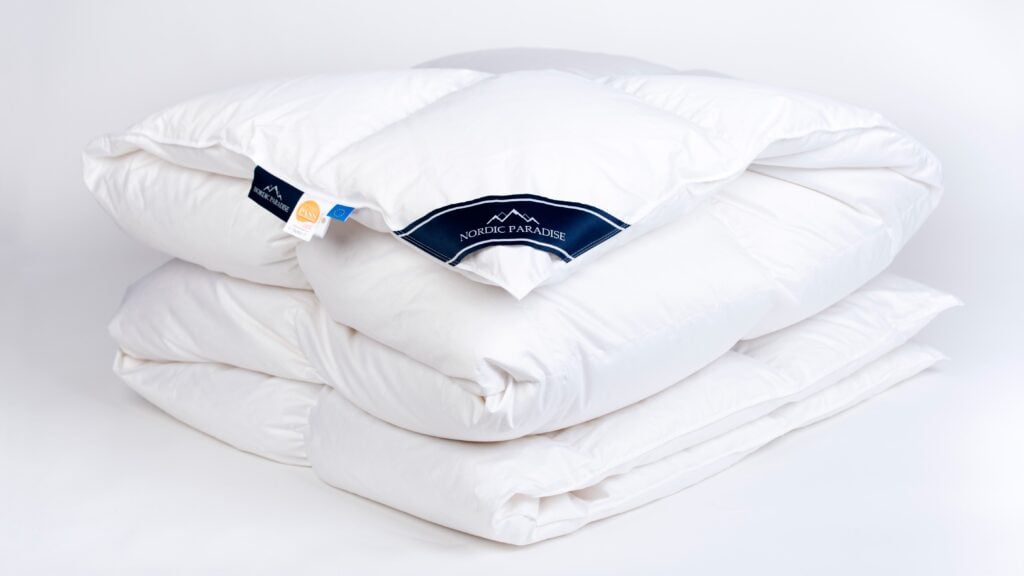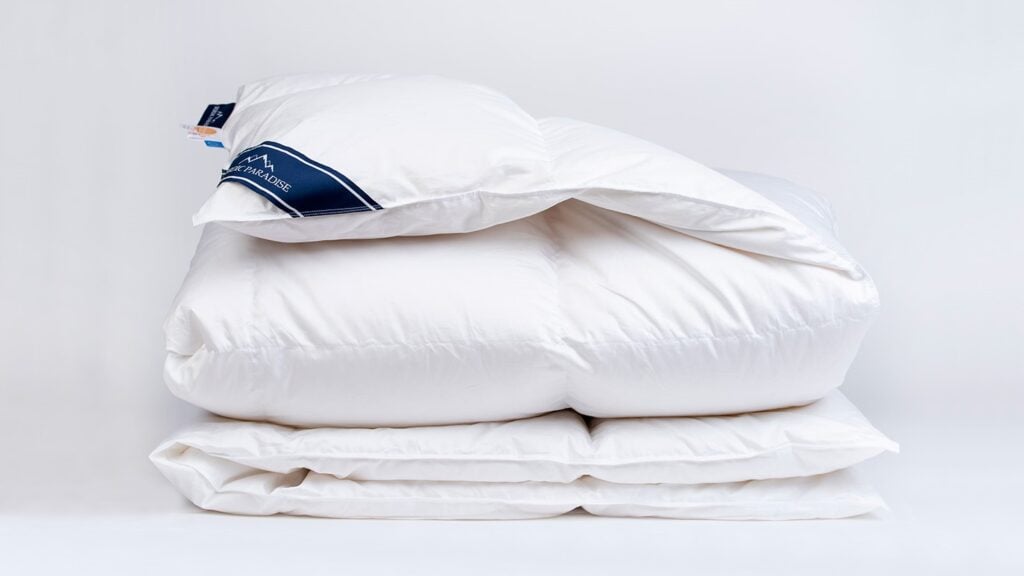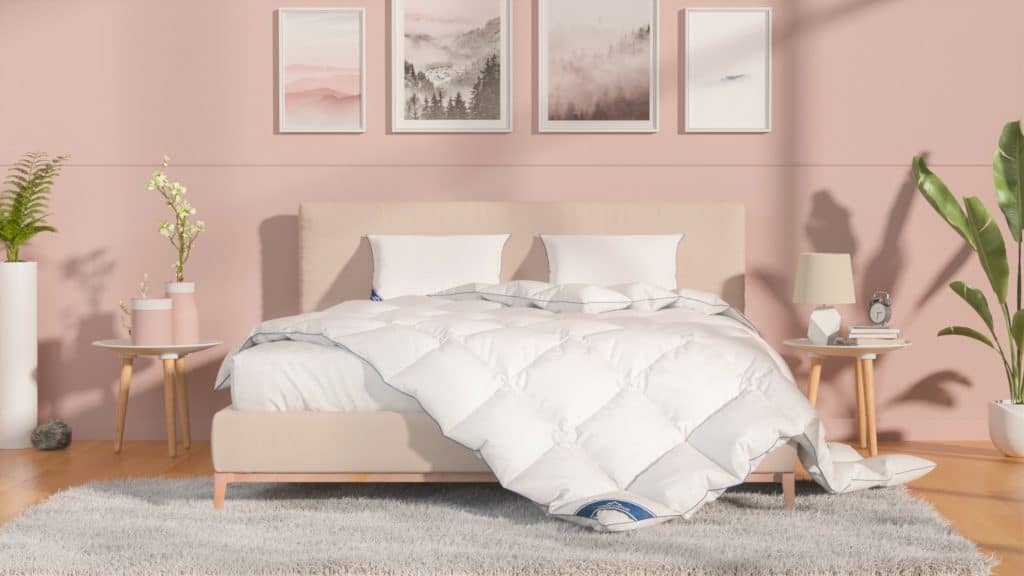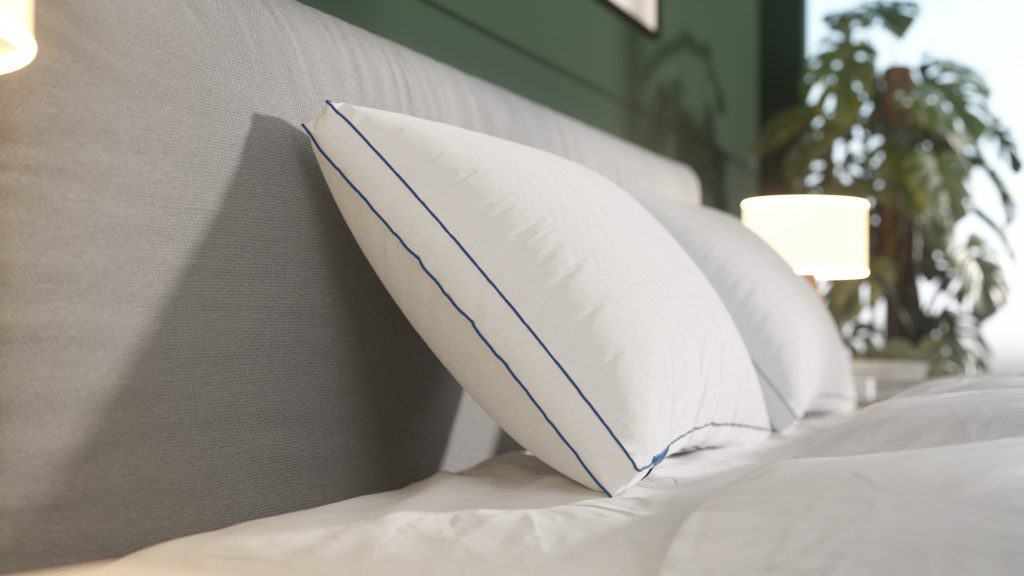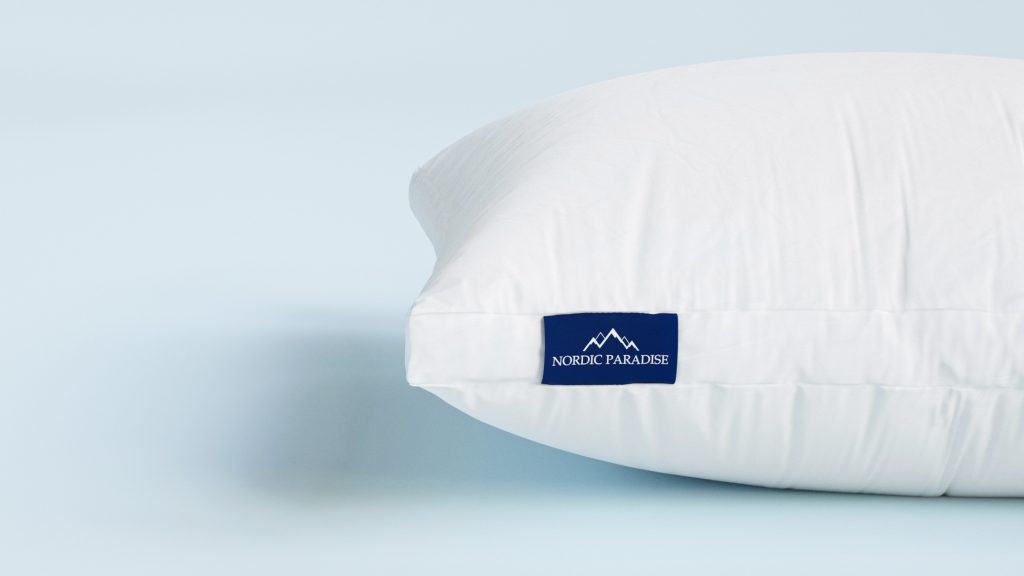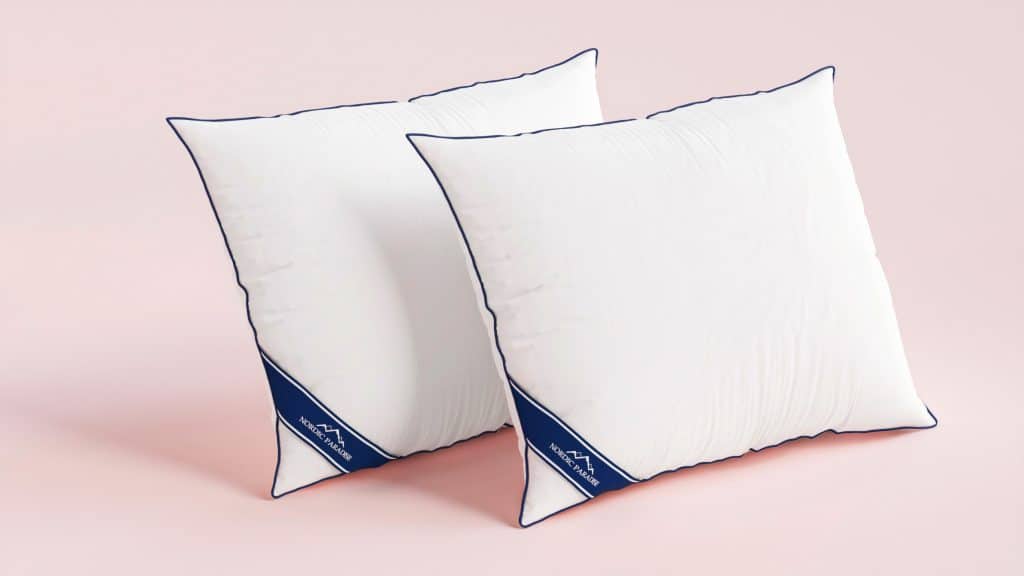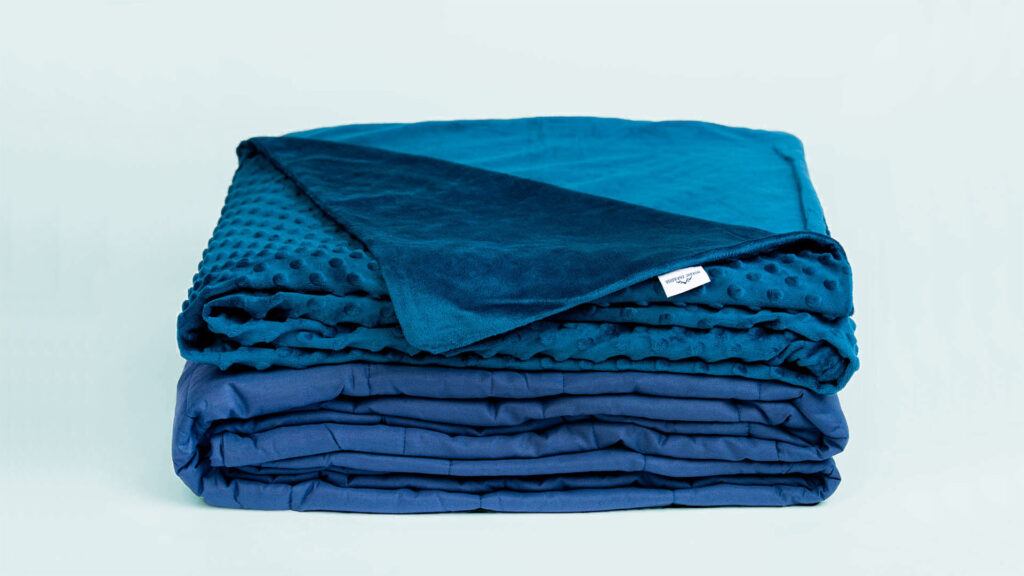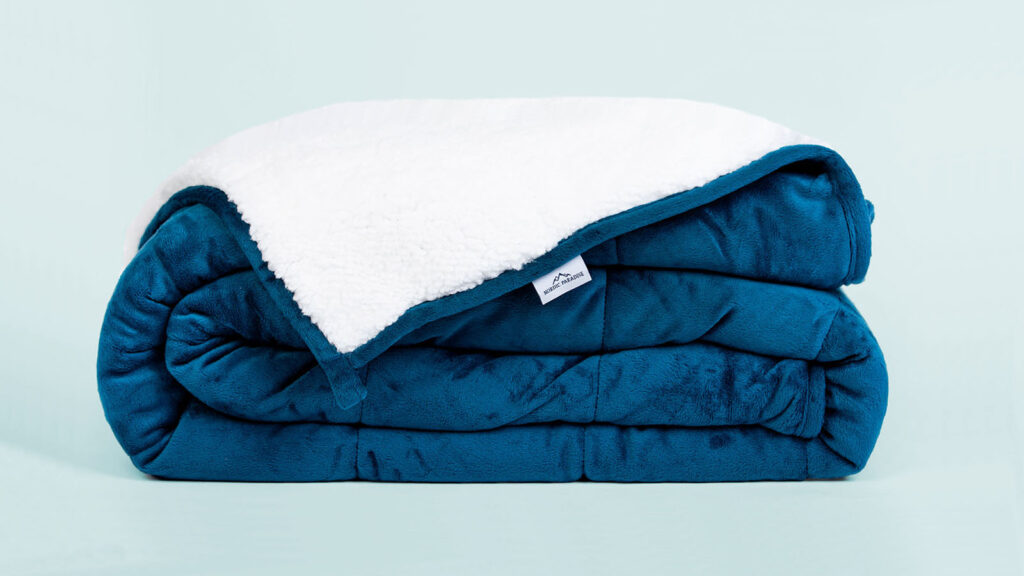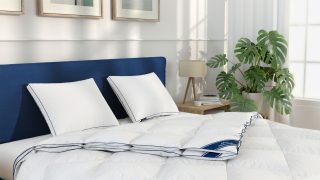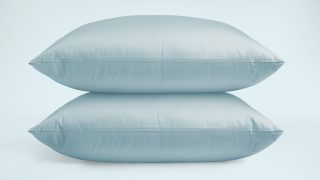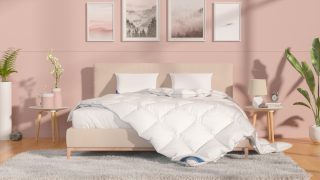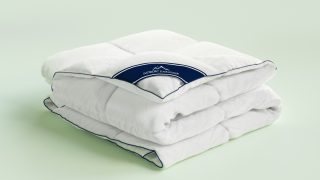A common mistake is that down is another word for the feathers of a bird. Down is actually the next-to-skin coating on the underside of the birds, or in simpler words – the light and fluffy parts of the bird’s plumage. Also down is primarily collected from waterfowl birds such as ducks and geese and is usually a by-product of slaughterhouses, meaning no birds are bred and killed for their down. Both down and feathers are used in the bedding industry. We will go more in detail about their comparison and uses in a different blog post but in short, the main difference is that feathers have larger and harder quills, making them good for adding structure to the product, whereas down is light and soft, making the products more comfortable.
So, what are the main benefits of down?
The Seven Wonders of Down
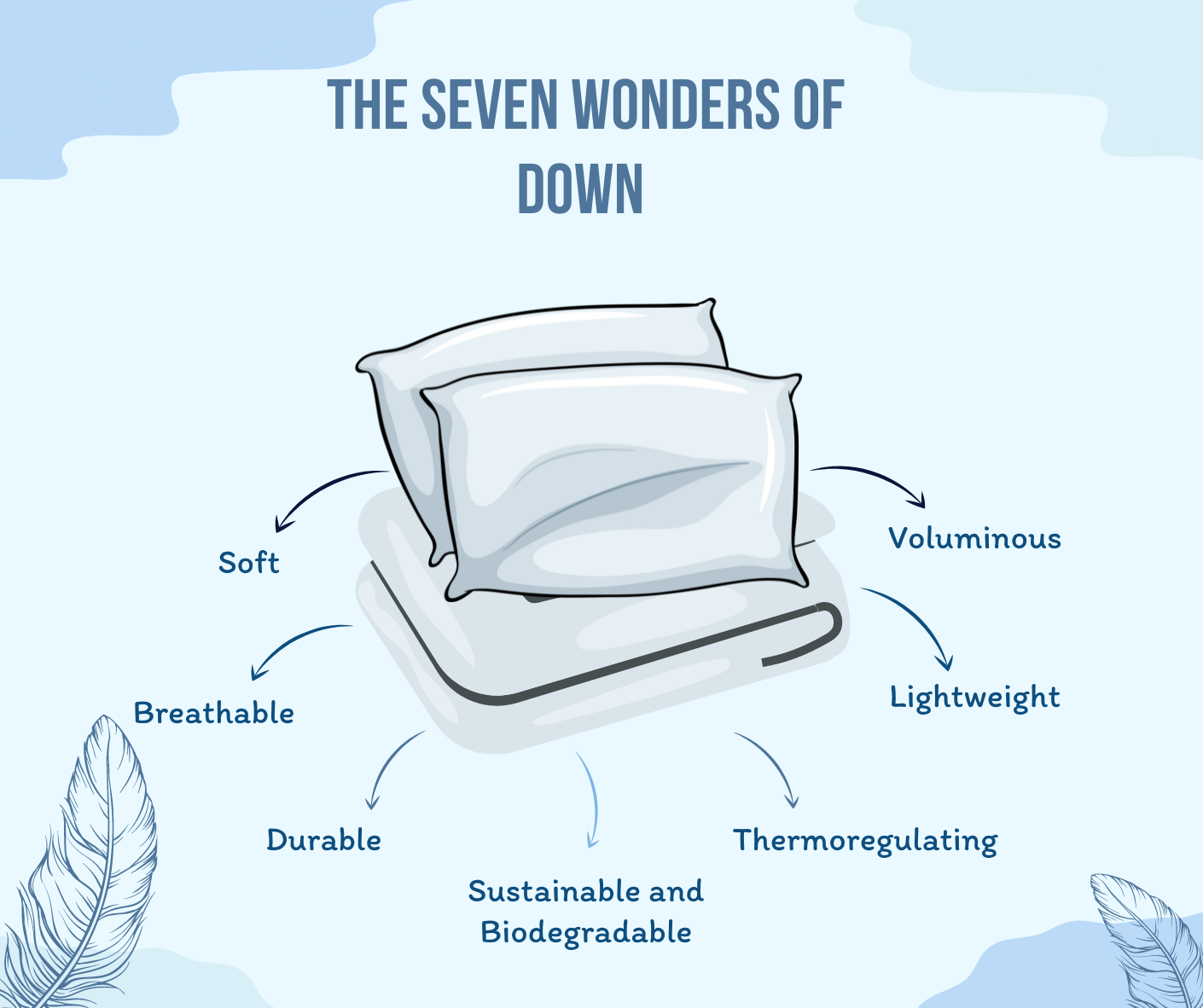
-
Soft
Because of the structure of down fibers, consisting primarily of light fluffy filaments and a small central quill point, down is extremely soft. Thinking about the use of down compared to feathers in the anatomy of a bird it only makes sense. While feathers are primarily used in their strong wings with which they fly, down is natural undercoating of the bird that’s light soft while keeping the animal warm.
-
Lightweight
Speaking of light, down is one of the lightest filling materials. Birds have evolved to be as light as possible to minimize the energy required for flight. Their down can expand to fill space and trap tiny pockets of air, increasing their volume and the warmth they generate without becoming heavier.
-
Voluminous
This ability of down to expand to fill space is what makes it so voluminous and also why down can so easily be compressed and can then just as easily regain its form – majority of what you see is just air that gets our and gets back in. If you want a voluminous duvet for example, but you don’t want it to be extremely heavy, down is the way to go.
-
Thermoregulating
Down is called “Nature’s best insulator” for a reason. Its structure is perfect for trapping air, which in turn traps the warmth of your body. Per volume and weight, down is easily the lightest and warmest natural filling material known to us. This makes it the premier material used for high quality bedding and clothing products.
-
Breathable
Thermoregulation is one thing that makes down a perfect filling material but without breathability it would have been close to useless. Down is great at absorbing and releasing body moisture. Its ability to “breathe” regulates your body temperature and achieves optimum balance between you and your bedding, keeping you warm in the winter and cold in the summer, while also letting moisture out, so you sleep comfortably without sweating.
-
Durable
Despite its softness and lightness, down is very durable. It can be compressed an decompressed hundreds of times without breaking down. A high quality down product, if properly cared for, can last years and even decades without problems.
-
Sustainable and Biodegradable
Since down is a natural product coming from animals it can quickly and fully biodegrade making it a great sustainable option. Furthermore, following many regulations, the production of down is cruelty free, as live plucking is illegal in most countries and farm are overseen to provide good living conditions for their birds. Down is not also nature’s best insulator but also its “greenest” filling material.
Down is truly one of nature’s miracles. A seemingly impossibly good material – both light and durable, warm and breathable, voluminous and soft, all at the same time. Not only that but its also completely nature friendly, lasting for many years and afterward biodegrading into the nature it came from.
However, everything comes with a price, and in the case of down it is exactly that – its price. Down is a lot more expensive than its synthetic alternatives but only at first glance. While buying a synthetic duvet now will definitely be a lot cheaper than buying a down one, how long would it last? How many synthetic duvets would you need to buy to last you the decades that the duvet one would last you? And what would this price be not only for you, but for nature as well? Read more on the comparison between natural down and plastic synthetics in terms of sustainability in our “Battle against plastic” blog post.
You can see the down products we offer in the menu under “Duvets” and “Pillows”. We highly recommend our 4-Season Down Duvet and our Dual Comfort Pillow. Also make sure you subscribe to our newsletter to get the latest news on the topic of natural down products, sleep quality, and Nordic Paradise products, so you don’t miss out on our next blog post. You can follow us on social media, too, where we share more exclusive information, tips, and promotions. Until next time – good night!


